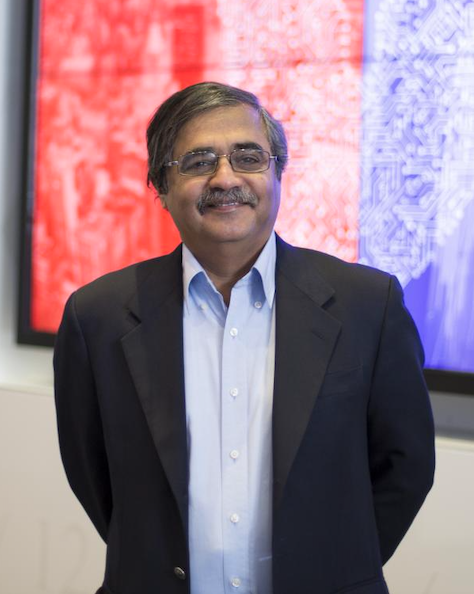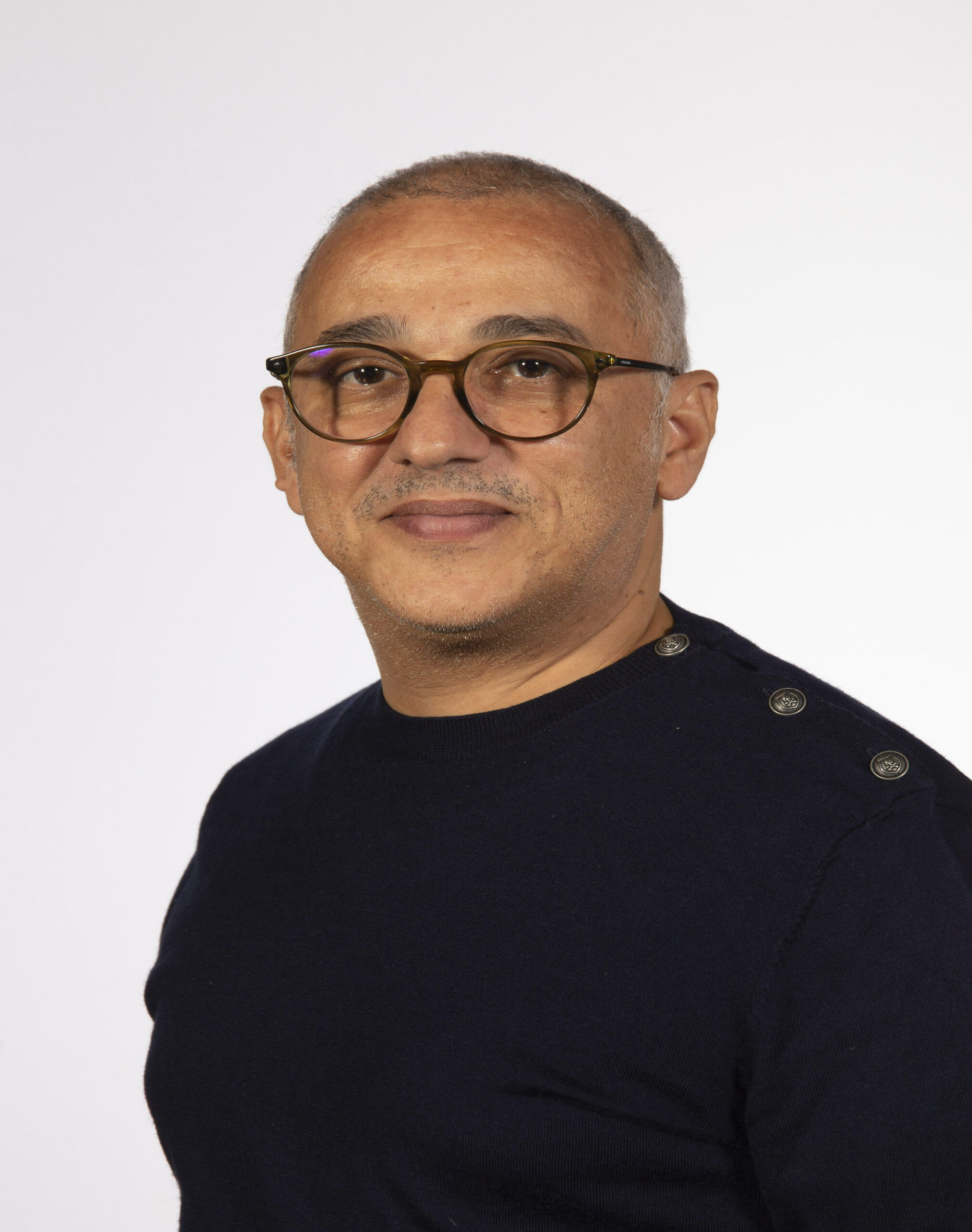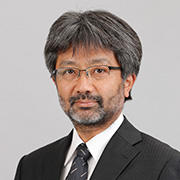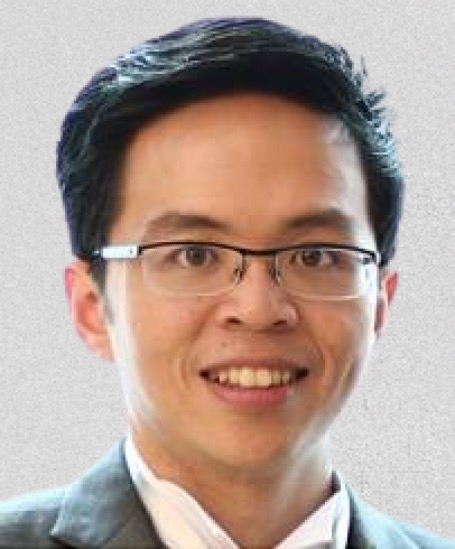KEYNOTES
David Lo is a Professor of Computer Science and Director of the Information and Systems Cluster at School of Computing and Information Systems, Singapore Management University. He leads the Software Analytics Research (SOAR) group. His research interest is in the intersection of software engineering, cybersecurity, and data science, encompassing socio-technical aspects and analysis of different kinds of software artifacts, with the goal of improving software quality and security and developer productivity. His work has been published in major and premier conferences and journals in the area of software engineering, AI, and cybersecurity attracting substantial interest from the community. His work has been supported by NRF, MOE, NCR, AI Singapore, and several international research projects. He has won more than 15 international research and service awards including 6 ACM SIGSOFT Distinguished Paper Awards. He has received a number of international honors including IEEE Fellow (class of 2022, through Computer Society), Fellow of Automated Software Engineering (class of 2021), and ACM Distinguished Member (class of 2019).
Data to Knowledge to Automation: How Can AI Boost Software Quality?
Bugs are prevalent in software systems. Needless to say, these bugs need to be identified, managed and fixed to improve software quality. Unfortunately, these tasks are non-trivial; many bugs remain hidden or unfixed for weeks (or even years!). Can AI help? Of course! AI can be trained on rich historical data to allow it to mimic developers in squashing bugs (and more!). For AI to work well, it often needs to be trained on a sizable amount of data. Fortunately, many projects maintain large historical data in various repositories that are publicly available. Although full automation is not feasible yet (at least in the general sense), AI-infused solutions can support developers in their quest to identify, manage, and fix bugs (and thus remaining successful despite living with bugs). This talk will provide an overview and reflection of the large body of work that builds automated tools that leverage the power of AI, trained on rich data in various repositories, for various tasks in the bug identification, management, and fixing process. Some open challenges will also be presented, with the goal of encouraging more research in this exciting area in the intersection of Software Engineering and AI.

NASIR MEMON
New York University, United States
Nasir Memon is Vice Dean for Academics and Student Affairs and a Professor of Computer Science and Engineering at the New York University Tandon School of Engineering. He is an affiliate faculty at the Computer Science department in NYU’s Courant Institute of Mathematical Sciences, and department head of NYU Tandon Online. He introduced cyber security studies to NYU Tandon in 1999, making it one of the first schools to implement the program at the undergraduate level. He is a co-founder of NYU’s Center for Cyber Security (CCS) at New York as well as NYU Abu Dhabi. He is the founder of the OSIRIS Lab, CSAW, the NYU Tandon Bridge program as well as the Cyber Fellows program at NYU. He has received several best paper awards and awards for excellence in teaching. He has been on the editorial boards of several journals, and was the Editor-In-Chief of the IEEE Transactions on Information Security and Forensics. He is an IEEE Fellow and an SPIE Fellow for his contributions to image compression and media security and forensics. His research interests include digital forensics, biometrics, data compression, network security and security and human behavior.
Combating Deepfakes. Recent Approaches and Challenges
The integrity of online video interactions is threatened by the widespread rise of AI-enabled high-quality deepfakes that are now deployable in real-time. In this talk we will discuss how deepfakes are generated, focusing mainly on videos. We will then describe some of the approaches that have been developed to combat deepfakes and associated research challenges.

Laurent El Ghaoui
VIN University, Vietnam
UC Berkeley, United States
Laurent El Ghaoui is Dean of College of Engineering & Computer Science. Prior to his current appointment at VinUniversity, Prof. El Ghaoui taught at the Department of Electrical Engineering & Computer Science and Department of Industrial Engineering & Operations Research at University of California, Berkeley (ranked #32 worldwide according to the QS World University Rankings 2021). He also taught Data Science within the Master of Financial Engineering at UC Berkeley’s Haas Business School. Besides being a researcher and a lecturer, Prof. El Ghaoui is also a consultant and an entrepreneur. According to him, these experiences solving real-world problems have supplemented his research life tremendously.
Implicitly-defined prediction rules in deep learning
In the quest of using machines to predict and learn complex behaviors and situations, deep learning is the rage of the day.
Recently, prediction rules based on so-called implicit models have emerged as a new high-potential paradigm in deep learning. These models rely on an “equilibrium” equation to define the prediction, instead of a recurrence through multiple layers. Currently, even very complex deep learning models are based on a “feedforward” structure, without loops, and as such the popular term “neural” applied to such models is not fully warranted, since the brain itself possesses loops. Allowing for loops may be the key to describe complex higher-level reasoning, which has so far eluded the deep learning paradigms. However, it raises the fundamental issue of well-posedness, since there may be no or multiple solutions to the corresponding equilibrium equation.
In this talk, I will review some aspects of implicit models, starting from a unifying “state-space” representation that enables to connect deep learning with (convex) optimization. I will illustrate these connections via topics such as model compression and robustness; and show that the implicit models have the potential to capture more complex behaviors than current deep learning ones.

Mourad Baiou
CNRS, LIMOS lab, FRANCE
MOURAD BAÏOU, is a Directeur de Recherche of the CNRS and he is currently the head of the Laboratoire of Computer Science LIMOS of Clermont Auvergne INP and the Université Clermont Auvergne. Before joining the CNRS he has taught at the engineering school Polytech’Clermont of the Université Clermont Auvergne, after stays at the Ecole Polytechnique and the Departamento de Ingenieria Matematica, Universidad de Chile, Santiago. His interests focus on combinatorial optimization, with a special penchant for the “polyhedral approach.” He works on stable solutions and their generalizations, on the optimal design of reliable networks, on facility location—p-median problems and on algorithmic game theory. He published on top level journals and conferences on computer science and combinatorial optimization such as Mathematics of Operations Research, Siam Journal on discrete Mathematics, Mathematical Programming, Algorithmica, Theoretical Computer Science, Integer Programming and Combinatorial Optimization conference, Discrete Mathematics, …
Path disruption games in networks
Path Disruption Games study the placement of checkpoints in a network where an adversary is trying to travel from an origin s to a destination t. A cooperative game is defined where each agent owns an arc, and is able to place a checkpoint on it. Placing a checkpoint at a location yields a cost that depends upon the location. A coalition gets a reward if it can intercept all paths from s to t, and a coalition must choose a set locations of minimum cost. We study the core and the nucleolus of this game. We give polynomial combinatorial algorithms to test whether a vector belongs to the core, and to compute the nucleolus. The components of the nucleolus reflect the relative importance of each arc to detect the adversary. Our techniques also apply to the case when the players are associated with the nodes.

Long Bao Le
University of Quebec, Canada
Long Bao Le is a full professor at INRS, University of Quebec, Canada where he is the director of Networks and Cyber Physical Systems Lab (NECPHY-Lab). Before joining University of Quebec, he had held research positions at Massachusetts Institute of Technology (MIT) and University of Waterloo. His current research interests include enabling technologies for 5G-and-beyond wireless networks, next-generation Internet, metaverse, and smart applications such as smart power grids and smart transportation systems. Prof. Le and his research team have published more than 220 articles on leading IEEE journals and conferences where his publications have received more than 11,000 citations according to Google Scholar. He is a co-author of the books Radio Resource Management in Multi-Tier Cellular Wireless Networks (Wiley, 2013) and Radio Resource Management in Wireless Networks: An Engineering Approach (Cambridge University Press, 2017). Prof. Le has served as an editor for several flagship IEEE journals including IEEE Transactions on Wireless Communications, IEEE Communications Surveys & Tutorials, IEEE Wireless Communications Letters, and IEEE Transactions on Cognitive Communications and Networking
Metaverse: Towards the next-generation immersive internet

Shin'ichi Satoh
National Institute of Informatics, Japan
Shin’ichi Satoh is a professor at National Institute of Informatics (NII), Tokyo. He received PhD degree in 1992 at the University of Tokyo. His research interests include image processing, video content analysis and multimedia database. Currently he is leading the video processing project at NII, addressing video analysis, indexing, retrieval, and mining for broadcasted video archives.
Boosting Image Retrieval by Diffusion
Image retrieval is the technology which retrieves images relevant to a query from given large-scale image database. Image retrieval witnesses significant performance improvement by recent technical breakthrough, especially deep learning technologies, similar to other visual recognition tasks such as image classification, object detection, segmentation, among others. However, image retrieval has different technical aspect compared to the other visual recognition tasks: the performance is strongly influenced by referring to the distribution of images in the database. Diffusion is such a technology: it is know to be very effective and also flexible in boosting the performance of image retrieval by inspecting the distribution of images in the database. In this talk, the basics of diffusion will be introduced first, and then couple of technical attempts to improve the performance of image retrieval will be explained.

